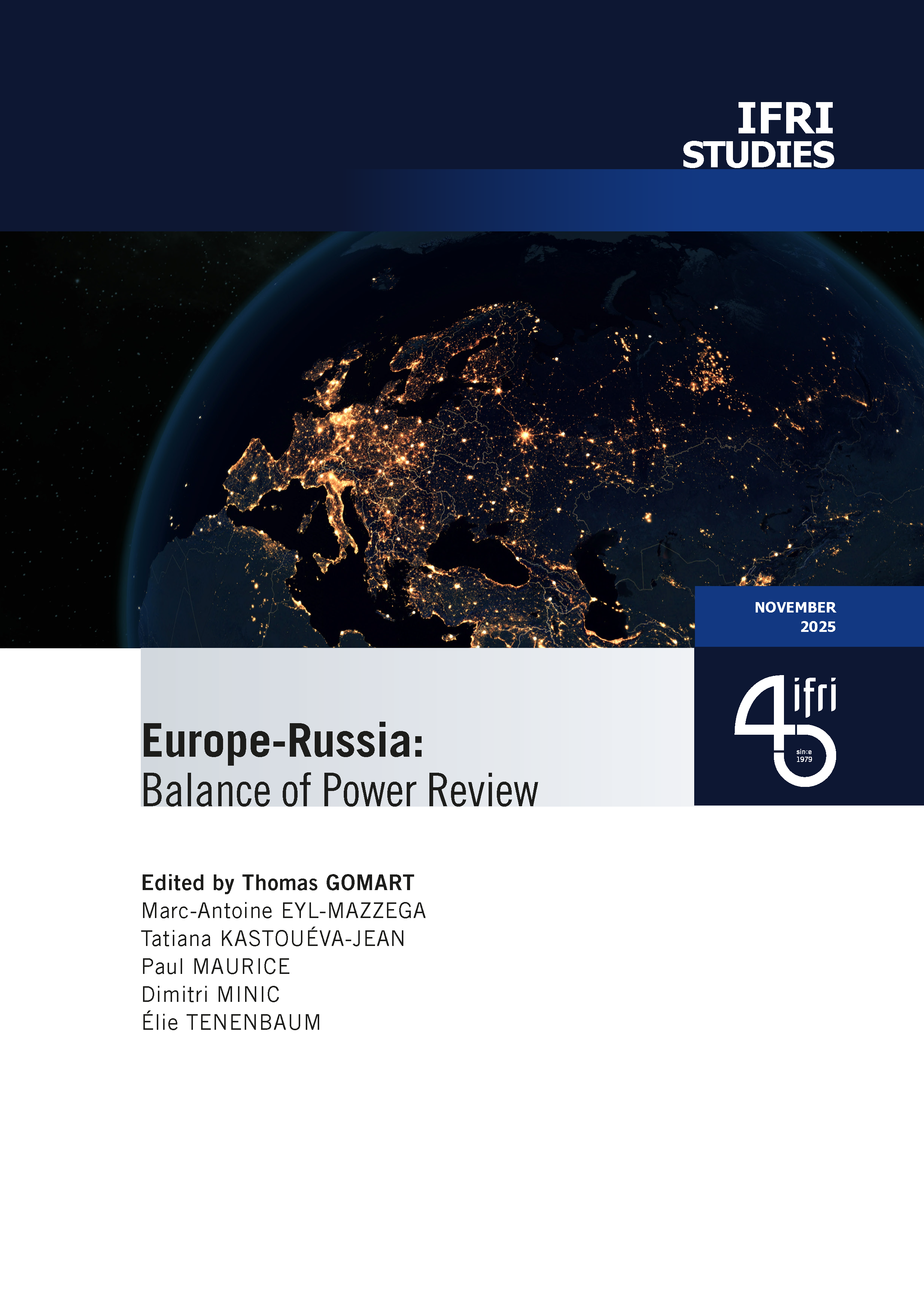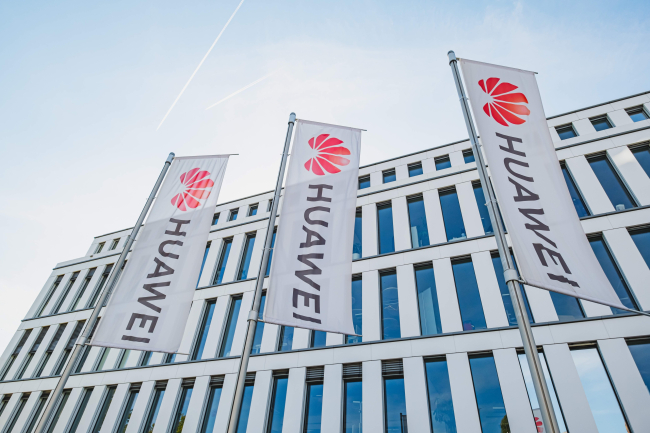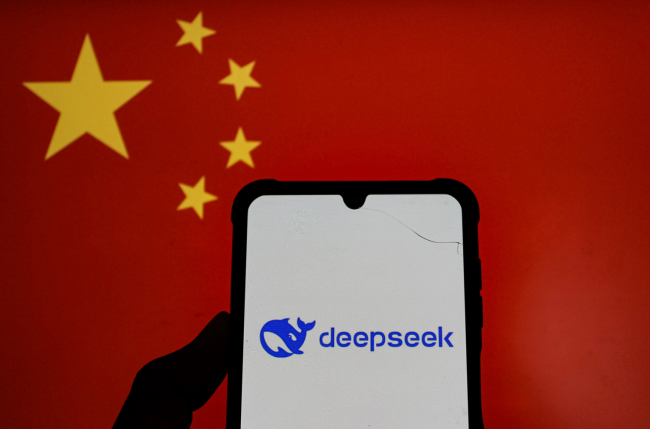GovTech, The New Frontier in Digital Sovereignty

The COVID-19 crisis has been a catalyst for a surge in the GovTech market, while triggering debate around the use of new technologies in the public health response to the pandemic. More broadly, the health crisis has shed a new light on the strategic importance of some domains relevant to GovTech such as HealthTech, smart cities and EdTech.

The French State has developed a comprehensive policy of government digitization but still suffers from a lack of investment in the GovTech sector: so far, it has been unable to nurture a GovTech ecosystem comparable to the French defense technological and industrial base.
At the European level, the rise of GovTech solutions could deepen existing divides between member states, as shown by the uncoordinated development of tracing apps by European countries during the crisis. In the long run, the lack of European industrial and political strategy focusing on GovTech could turn Europe into a battleground for Chinese and American actors, which benefit from governmental support at home and abroad.
The rise of GovTech companies challenges deeply rooted ideas on the meaning of the public sector and the role of the State. It underlines how technology can affect the values and core principles of democratic societies. In that sense, the growing technological competition between the US, China and Europe means much more than economic rivalry: it is a real threat to European democracy and strategic autonomy.
This content is available in French: La GovTech, nouvelle frontière de la souveraineté numérique

Available in:
Regions and themes
ISBN / ISSN
Share
Download the full analysis
This page contains only a summary of our work. If you would like to have access to all the information from our research on the subject, you can download the full version in PDF format.
GovTech, The New Frontier in Digital Sovereignty
Related centers and programs
Discover our other research centers and programsFind out more
Discover all our analysesThe Sustainability of Space Operations: An Opportunity for European Leadership?
As space becomes a key arena for power projection strategies, while facing growth and diversification of orbital activities, the concept of “space sustainability” is emerging as a new framework of analysis for space governance.
The “Huawei Saga” in Europe Revisited: German Lessons for the Rollout of 6G
While the European Union attempted to coordinate a collective response through its 5G Toolbox in Europe’s 5G infrastructure, member states diverged significantly in balancing political, economic, and technological considerations. Germany, despite its economic ties to China and status as Europe’s largest telecom market, only reached a tentative agreement in July 2024—one that appears largely symbolic.
European Startups and Generative AI: Overcoming Big Tech Dominance
Europe is at a crossroads. Faced with the domination of American Big Tech across the entire generative Artificial Intelligence (AI) value chain, from foundation models to cloud infrastructure, distribution channels, and open source, it risks long-term technological and economic decline. Yet generative AI also represents a major opportunity for economic transformation, with a potential value estimated at 1.5 times France’s gross domestic product (GDP). To turn it into a driver of renewal, Europe must move beyond the illusion of total technological independence and instead build an ecosystem that leverages Big Tech resources while strengthening its own innovation capabilities.
A "DeepSeek Moment"?
DeepSeek, hailed as a champion of Chinese AI, represents less a revolution than a significant optimization of existing technologies. Doubts remain regarding the figures put forward by the start-up, inviting a more measured response to the media hype surrounding China’s technological catch-up. Nonetheless, DeepSeek signals the need to question an economic model based solely on the race for computational power. By betting on open innovation, Europe can carve out its own path in a competition that is far from being a zero-sum game.









